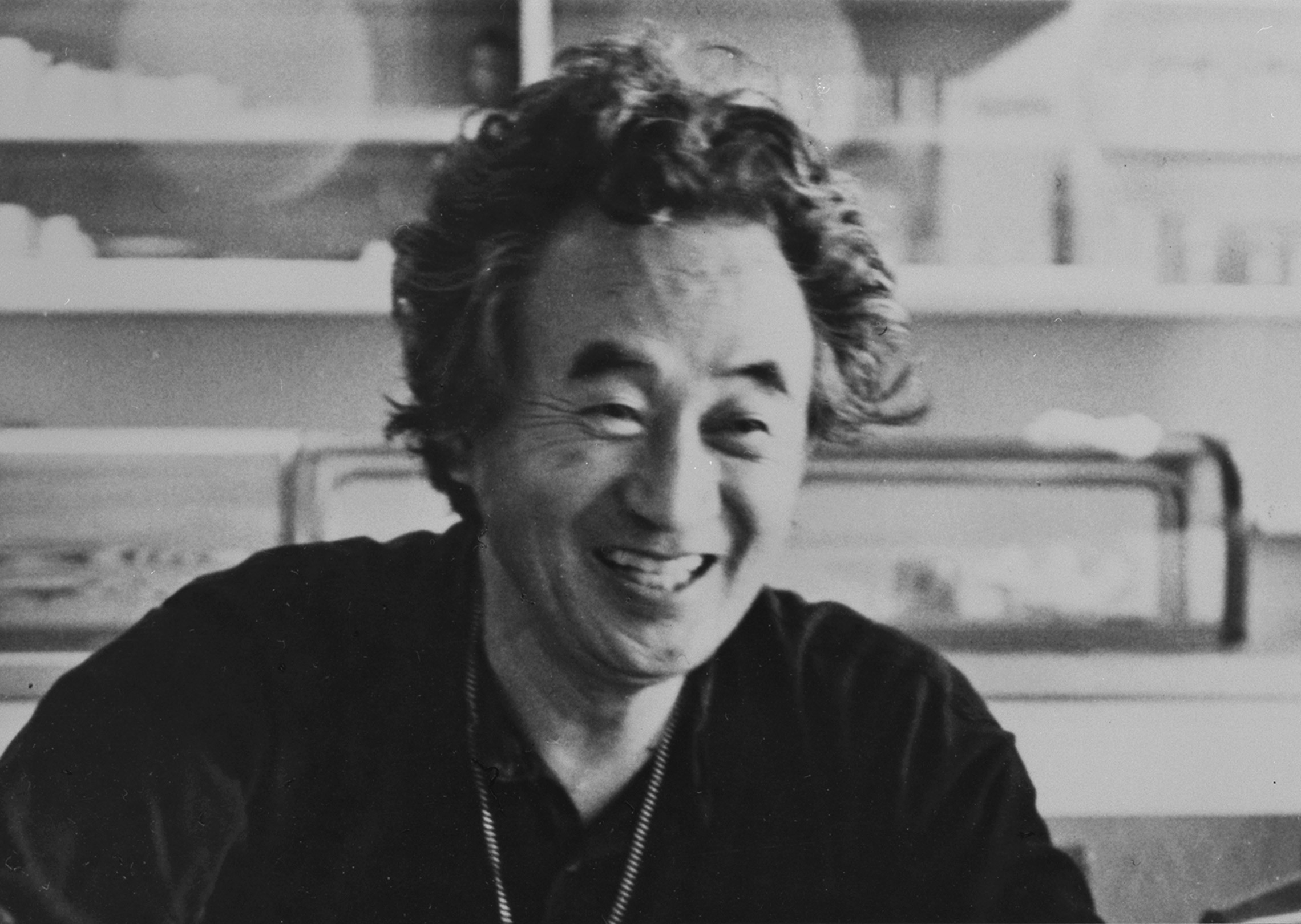Within the history of Japanese industrial design and - as we can call it - craft design, the combination consisting of Yanagi Sōetsu and his son Sori covers a prominent role.
The first, born in the late nineteenth century, was primarily a philosopher.
The second, perhaps best known to the general public, has been one of the leading Japanese designers of the last century and is the person behind some of the most common everyday objects used in Japan.
Apparently, two distant and separated worlds, actually it may well be argued that the first was the precursor and the second the continuation of a single coherent and fascinating journey.
A journey that begins in 1914.
In that year, a twenty-five years old Sōetsu, already immersed in philosophical speculations and in the study of the philosophy of religion, meets the Korean ceramics of the Joseon Dynasty, introduced in Japan by Asakawa Noritaka and Takumi brothers and is dazzled by the beauty of their shapes.
















